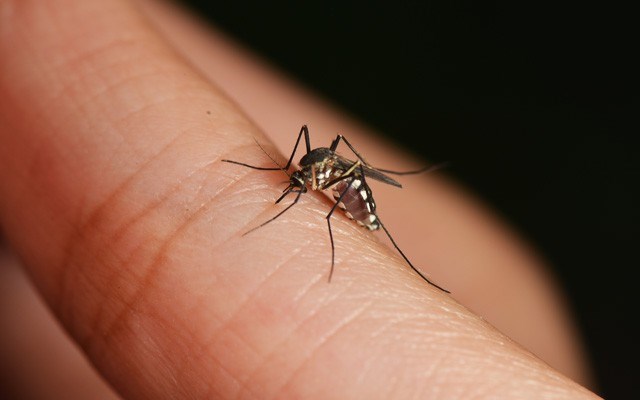ProMED is an Internet-based reporting system dedicated to rapid global dissemination of information on infectious disease and acute toxin outbreaks. "By providing early warning... public health precautions at all levels can be taken in a timely manner to prevent epidemic transmission and to save lives," advertises the site, which is free of political constraints. Information sources include media and official reports, online summaries, local observers, even contributions from subscribers. A global team of human-, plant-, and animal-disease experts work behind the scenes to screen, review, and investigate each report. Legitimate information is immediately posted and emailed to over 70,000 direct subscribers in some 185 countries — subscribers like tropical disease specialist Isaac Bogoch, who models outbreaks and their spread as a tool to aid public health officials.
"There's this new arbovirus called Zika," Bogoch was telling me in his office at Toronto General Hospital last August. "Similar to dengue, with the same mosquito vectors. It was previously thought only to be in Africa. Then there were a few outbreaks in Southeast Asia, in, like '05 or '07; next it went to the Pacific Islands where lots of people got sick — fever, rash, joint pains and red eye, but, like chikungunya, illness seemed mild and self-limited. No one really cared about it, but I wanted to model its potential spread anyway because I suspected it was going to go to South America. They had the right mosquito vectors and climate conditions and, like chikungunya, all that was required for it to take off through a non-immune population was one viremic person to get off a plane in the right spot."
Because the Aedes aegypti and A. albopictus mosquitoes that spread Zika were now found throughout the world's tropics and (expanding) sub-tropics, it was deemed likely that outbreaks would spread to new countries. Though Zika wasn't yet found in the U.S., cases had been reported in returning travellers both there and in other countries with established populations of Aedes vectors that might spread it. Again, as with chikungunya, there was no vaccine to prevent Zika, and no medicine to treat it.
"So we're looking at this and thinking of modelling it, and then boom — on 15 May, 2015 Zika is reported in several northeastern Brazilian states and we thought, Oh boy, here comes the storm — this is going to be bad," said Bogoch, noting that if you had the infrastructure to make a single diagnosis, then there was likely many more cases.
"Now maybe 40 have been reported but we suspect hundreds if not thousands more out there. It's the same setup as chikungunya and so it could spread just as crazily, which makes it a big deal that public health officials need to know about. This is going to happen for sure," he finished, pulling up a colour-coded map he'd developed for Zika in South America. "Red is where you can have year-round transmission; yellow shows where transmission during part of the year works, and blue is where it won't happen. These maps would look different 20 years ago because determining current risk is based on climate change trajectories... we'll have to redo maps periodically as that accelerates. Anyway, it's important to use the best models available to figure out where it is and where it's going so you can inform public health officials, clinicians, and the general public: PHO teams do screening and monitoring in local areas and if it looks like Zika is going to be a problem they can enact mosquito control measures; clinicians have to suspect this virus, because if they don't consider it they won't make the diagnosis — even if you live in northern Finland where there's no chance of local transmission you'll still need to treat travellers; and lastly, the public needs to make informed decisions about travel to those regions or to protect their kids."
Learning how modelling for invasive species/nonnative pathogen "systems" could be important to public health work was heady stuff — and hard to wrap your head around considering that I was seeing only the tip of the iceberg that Bogoch and fellow researchers were trying to model. It was clearly important, however, that as a society we not succumb to what seemed overwhelming and resist the urge to stick our heads in the sand — as happened with the 2014 Ebola outbreak. As it turned out, the so-called good news that Zika wasn't fatal — mostly like getting a cold or a fever — was also a major problem: the low-level symptoms masked potentially serious consequences.
By December 2015, Zika virus was linked to brain damage and a massive spike in the usually rare birth defect microcephaly in Brazil, and by January 2016, transmission was confirmed in most other South American countries, many Caribbean Islands, and Puerto Rico. The number of pregnant women with the virus was soon pegged at tens of thousands, and the World Health Organization called Zika's spread "explosive;" soon after, cases of sexual transmission would surface in the U.S. and the virus would appear in Europe. By February, the WHO declared the health threat of Zika virus spread to be an international emergency.
The virus' true latent extent and spread perfectly mirrored the predictions of the model Bogoch had showed me six months earlier.
Leslie Anthony is a Whistler-based author, editor, biologist and bon vivant who has never met a mountain he didn't like.




